Are you looking for a way to boost your keyword ranks using content? These SEO copywriting tips can help you get started.
Writing is difficult enough on its own, but writing for the sake of ranking in Google necessitates even more strategic thought.
Throughout the writing process, successful SEO copywriters examine what users want and how search engines work.
Understanding SEO copywriting is a good place to start for site owners who wish to increase their visibility through content.
17 SEO Copywriting Tips That Will Help You Improve Your Rankings
What Is SEO Copywriting and How Does It Work?
The process of developing material with the purpose of ranking in search engines for relevant keywords is known as SEO copywriting.
The method can be used on your homepage, product pages, blog pieces, and even review site profiles.
When done correctly, SEO copywriting can help your content rank for a greater number of keywords.
What Is The Importance Of SEO Copywriting For Ranking?
Natural language processing is used by Google to figure out what users are looking for and what our content is about.
NLP models have advanced significantly over time.
Put some of your own website content into Google’s Natural Language API Demo to learn more about NLP technology.
Then look at how Google works to gain a better understanding of it.
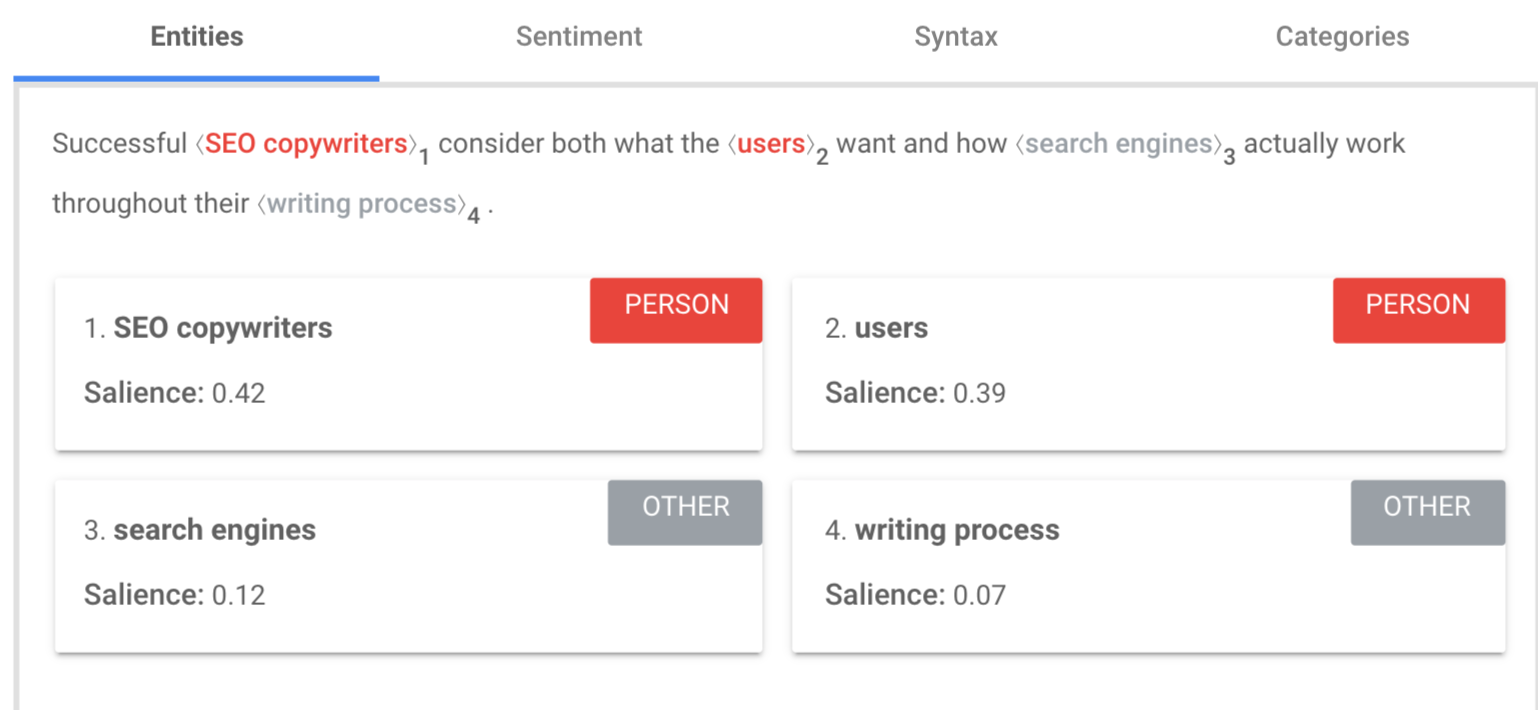
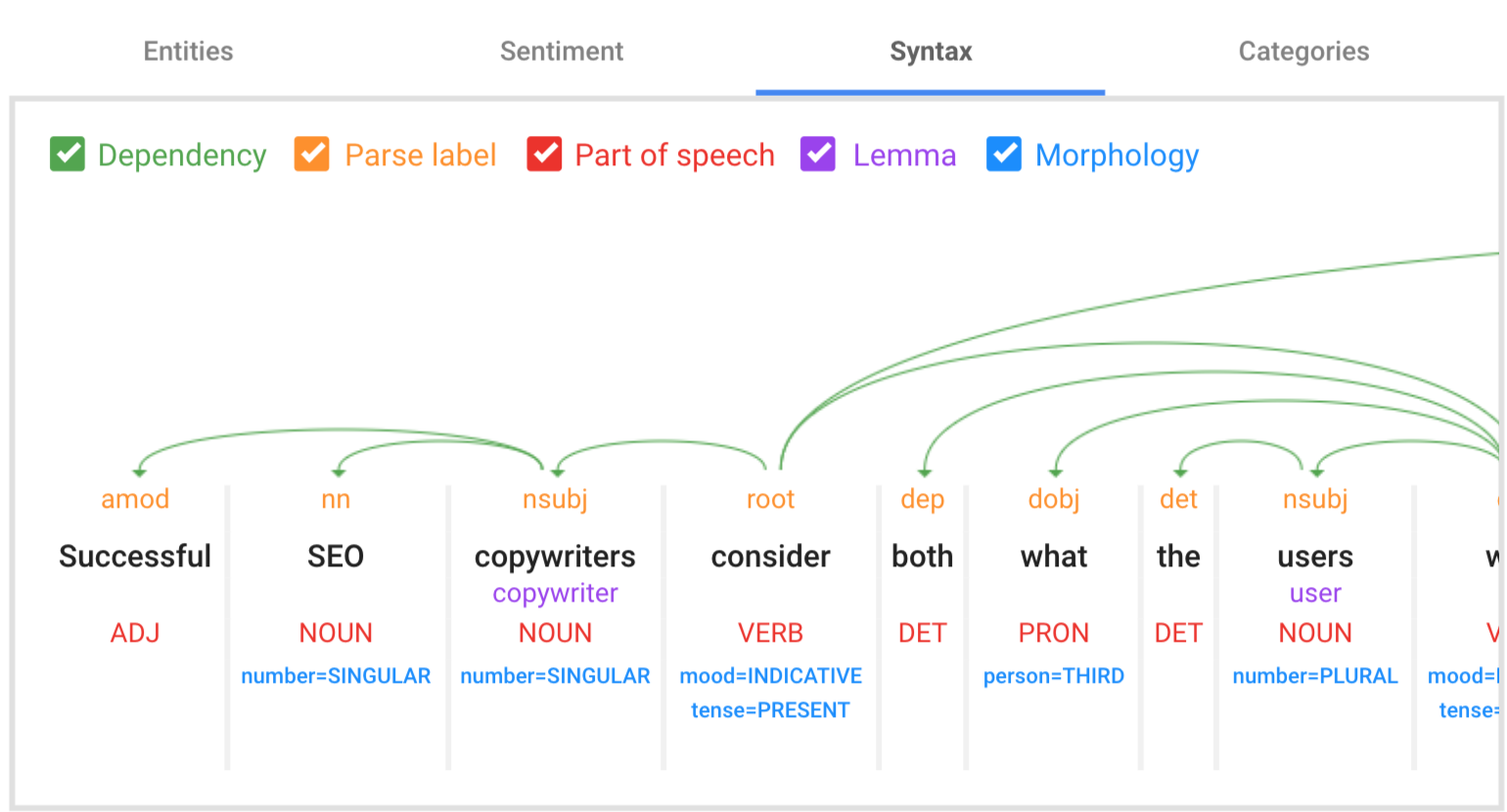
Because of Google’s advances in natural language processing, SEO copywriting has shifted from short tactics to providing helpful and valuable content for users.
However, as previously said, Google is still a robot.
When developing content for SEO, copywriters should think about how search engines work and how they can use that information.
For Better Rankings, Use SEO Copywriting Tips
Users will always be at the forefront of content creation.
However, copywriters can make deliberate decisions to help crawlers better comprehend their material and promote it properly.
Here are some SEO copywriting strategies for developing content that people and search engines alike will enjoy.
Research And Prewriting
1. Choose A Realistic Keyword Goal
You should have a precise keyword aim in mind before you begin writing. However, make sure your content is set up for success by establishing realistic and attainable keyword goals.
The core of the SEO copywriting process is keyword research.
You could be tempted to use industry keywords with a higher search volume, but these are frequently quite competitive.
Even if your content is of great quality, a website with less authority is unlikely to rank on page one for those terms.
So, how can you know if your material is likely to rank?
Keyword difficulty scores can be used as a guideline for achieving your keyword objectives.
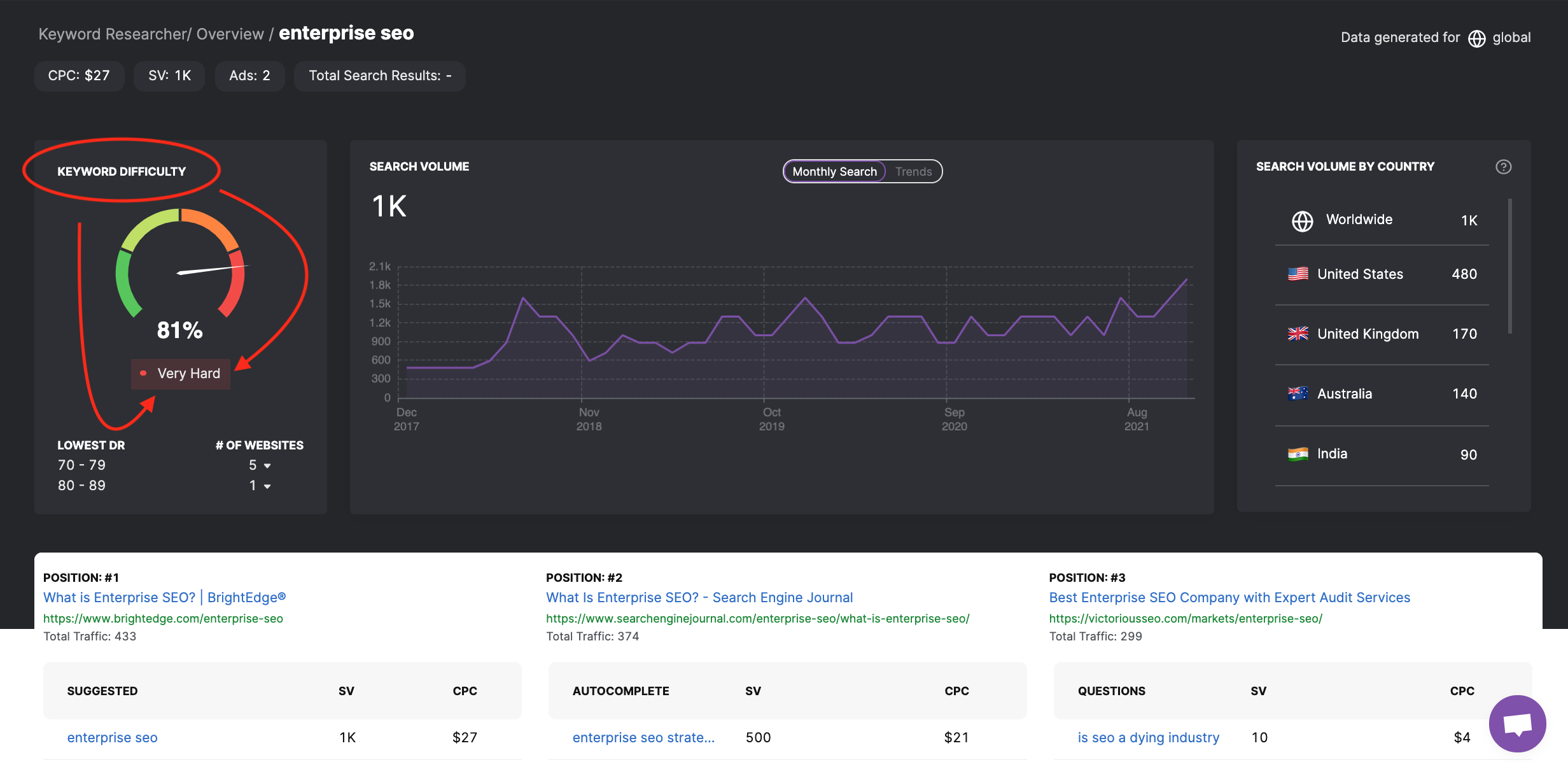

Finding relevant keywords with difficulty scores less than or equal to your site’s DA is a good idea.
These keywords may be long-tail or have a more informational search intent, but they can help your content rank rapidly and get traffic.
2. Analyze The Top-Ranking Content
Do you want to know what it takes to rank? Take a look at what’s already on page one.
Examine the most popular pieces of content and utilize them as inspiration for your own.
What is the length of the content? What page titles and meta descriptions are attracting readers to click on them?

The goal isn’t to make a carbon replica of your competition, but to learn more about what content, authority, and page experience signal Google crawlers respond to.
3. Understand And Write For Search Intent
Navigational, informational, transactional, and commercial search intent are the four most common categories.
What type of content you should develop is determined by the search intent of your target keyword.
When it comes to transactional keywords, Google is more inclined to recommend product or service pages because the consumer is looking to buy something.
Google favors blogs, top-ten lists, how-to articles, and resource-driven content formats for informational queries.
Most keywords fall into one of the four categories listed above, so make an effort to match that intent with your content.
4. Outline Your Structure
Although no two content outlines will be identical, the goal is to define the content’s overarching topic, subtopics, headings, and main points.
Your keyword objectives should be prominent in these structural components if you’re optimizing appropriately.
Although not all copywriters prefer to work from outlines, they can be quite helpful in ensuring effective on-page SEO.
5. Prioritize Quality Over Everything Else
For its consumers, Google wants to rank high-quality content.
But, in the perspective of crawlers, what constitutes quality? To mention a few, there are relevance, load speeds, backlinks, and referring domains.
Google is searching for the following quality signals that are communicated through writing:
- Content that is comprehensive and in-depth.
- Reporting and analysis that is original.
- Authorship and sourcing by experts.
- Correct spelling and grammar.
If you do your best to match these signals, Google will be more likely to consider your website to be of high quality.
The SEO Copywriting Process
6. Explore Your Topic In-depth
Despite the fact that content length is not a ranking criterion, there is a strong link between longer content and higher rankings.
Because lengthier content is more likely to display the quality signals indicated in tip #5, it’s a good idea to keep that in mind. Longer content also generates more backlinks and social engagement, according to other studies.
As a result, do your best to be thorough and thoroughly investigate your content.
Keyword tools can assist you in expanding on your content by displaying subtopics that relate to your keyword objective.
7. Write For Passage Ranking
In early 2021, Google launched the Passage Ranking upgrade. As a result, Google now indexes and ranks content passages rather than just web pages.
For instance, the information below provides a comprehensive response to the search query [What is an SEO assistant?].
When a user clicks on a SERP result, Google has indexed and highlighted the specific section of the web page that answers the inquiry.
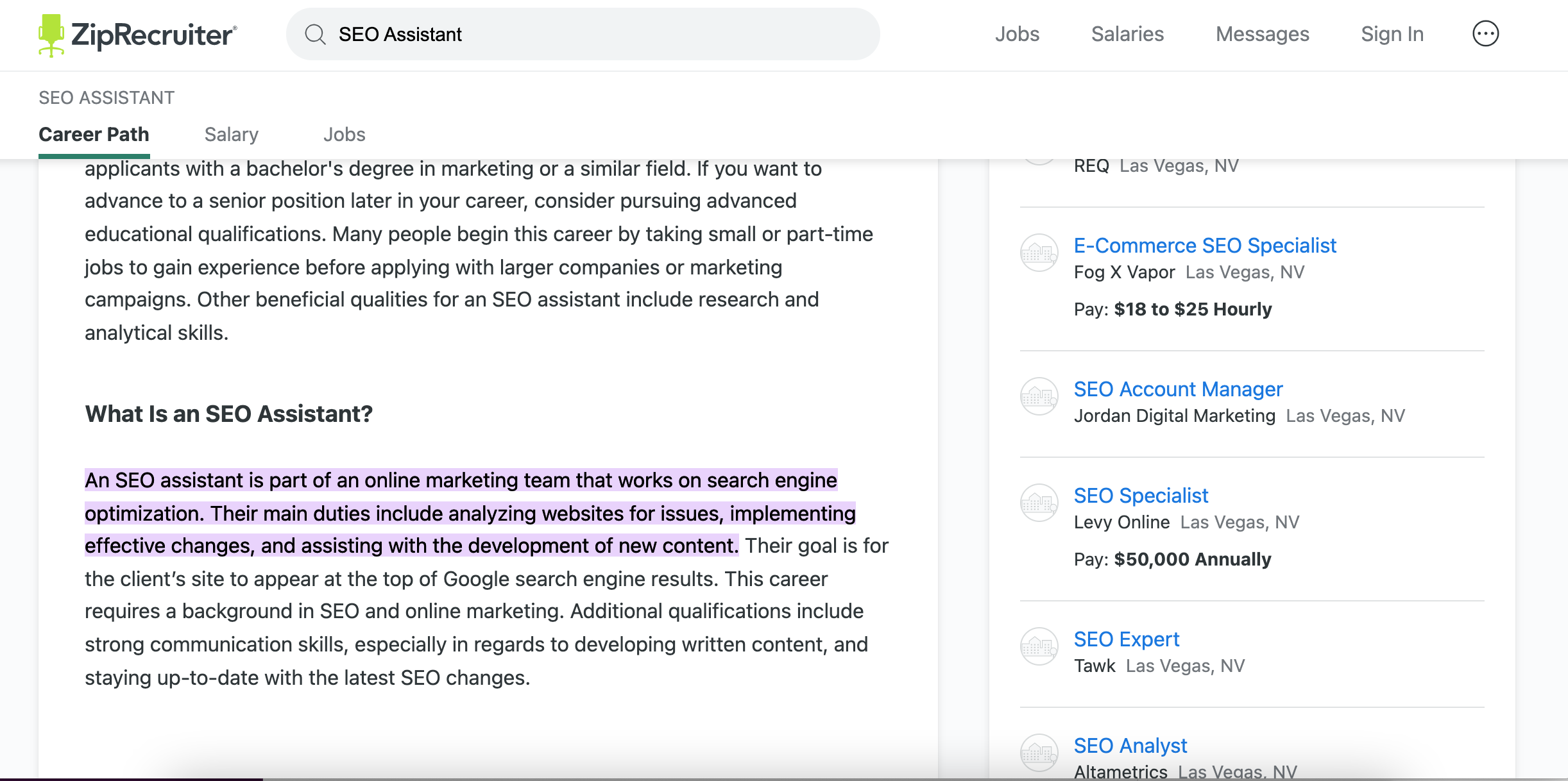
The term “passage ranking” refers to the fact that your content has a lot of chances to rank for numerous queries.
Structure, headlines, and queries should all be used strategically to help parts of your content rank well in search.
8. Use A Content Optimization Tool
The use of AI and NLP algorithms can result in significant increases in keyword rankings.
Content optimization tools from Clearscope, SearchAtlas, SEMrush, and others remove some of the guesswork from the SEO copywriting process.
These programs look for frequent words and subjects in high-ranking content and suggest similar terms for you to utilize on your own. The results can be tremendous if you incorporate them naturally.

I’ve seen content tools have a near-immediate impact on the total amount of keywords, impressions, and average positions that web pages receive.
They should be used by more SEO copywriters.
9. Offer Answers To Related Questions
Another technique to boost keyword ranks is to respond to frequently asked queries about your target phrase.
You can find out what these questions are in a couple of ways: A keyword tool and Google Search
People should be considered as well. Ask and autocomplete to discover what the most common questions about the topic are. Then, in your material, make sure to include those queries and their solutions.
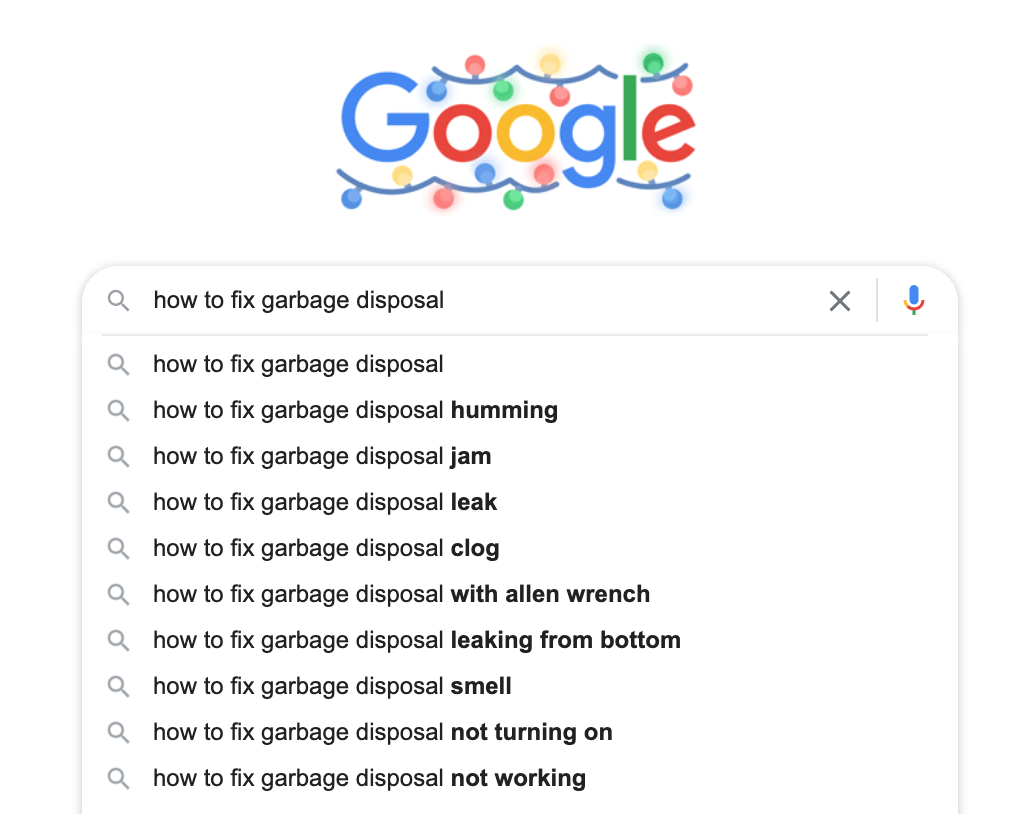
Similarly, certain keyword tools can tell you what the most often asked questions are.
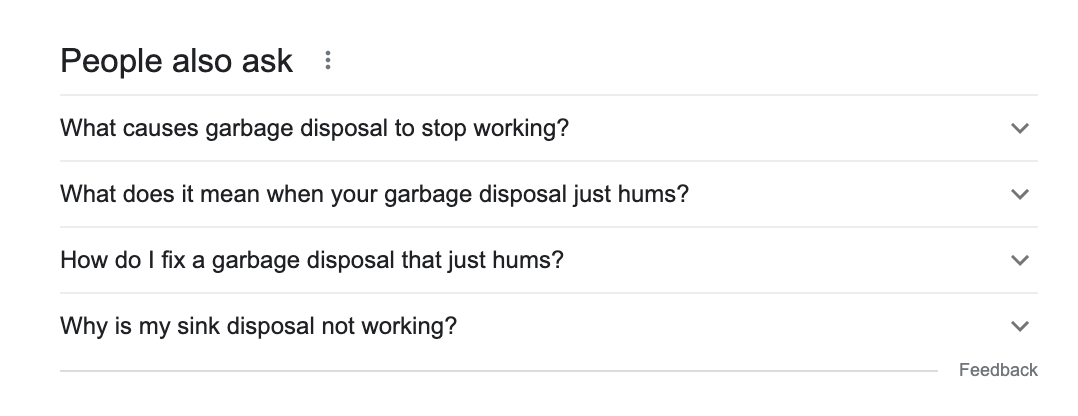
10. Include Synonyms And Keywords In Your Headings
Although it’s still crucial to include your keywords in your h1s and h2s, Google has advanced to the point where it can recognize synonyms and other related terms.
Choose words that are semantically related to your main keyword aim.
They are used by Google’s NLP algorithms to better understand your text.
Including these concepts in your headlines can help you communicate high relevance without overusing keywords.
11. Avoid Long Sentences, Long Paragraphs, And Misspellings
You want your information to be easily understood by a wide range of people in terms of readability. Some users may prefer to return to the SERPs if your material is too scholarly or technical.
Readers will be turned off by content that is badly written or contains numerous errors.
To optimize the reading experience, aim for shorter sentences and paragraphs.
Although some SEO tools recommend a grade level, the goal is to keep the language as plain as feasible and accessible to as many people as possible.
Copywriting Extras
12. Break Up Your Content With Rich Media
While the long-form text is vital for ranking, your material should also include non-textual features that keep people interested.
Make sure your content includes photos, videos, or infographics, especially to break up long paragraphs of text.
Rich media material is preferred by Google, so use it to your advantage.
Rich media, on the other hand, can work against you if it slows down the performance of your pages. As a result, be sure that any rich media you use is optimized for speed and efficiency.
13. Include Relevant Links With Contextual Anchor Text
Google considers your internal and external links, as well as the anchor text of those links, to be quality signals.
Make sure you connect to credible, relevant sites. Also, make sure you’re following the best practices for anchor text:
- The anchor text for the target page should be appropriate.
- Exact match anchor text should be used sparingly.
- Avoid using generic anchor text, such as “click here.”
- As much as feasible, use contextual anchor text.
14. Make Your Content Easy To Navigate
User-friendly features like a table of contents and jump links improve the usability of your content.
This is especially true for articles or resource pages that are longer.
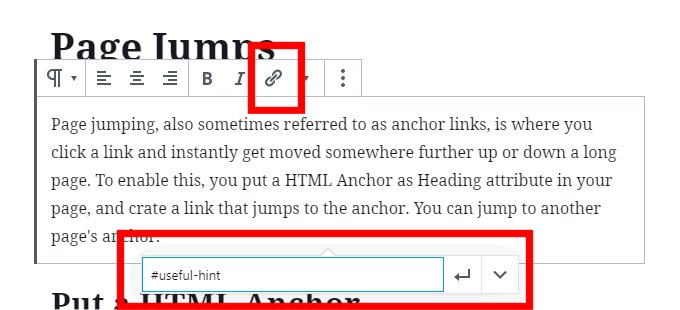
These navigational components on the page that increase UX are attractive to Google crawlers. Make an effort to incorporate them whenever possible.
After The Writing
15. Make Sure That Google Understands Your Content
Log into your Google Search Console account around a week after you publish your content to make sure Google understands it correctly.
Examine the keywords for which you are receiving impressions.
It’s fantastic if they’re close to or relevant to your original keyword target. If not, the content may need to be revised.
Higher rankings and clicks will come with time and authority, but impressions are an early indicator that Google understands your content and knows when to promote it.
16. Optimize And Test Your Meta Tags
When Google sees fit, it rewrites page titles and meta descriptions, although this only happens around 20% of the time.
Writing appropriate meta tags is still necessary to ensure that Google understands your content and that consumers are intrigued to click.
However, meta tag optimization does not have to be a one-and-done process.
If your content reaches page one after several months but still has a poor click-through rate, experiment with different page titles and meta descriptions to determine which ones give the greatest results.
17. Revise And Update Accordingly
Your content will inevitably become obsolete over time.
It’s possible that new information may become accessible, that keywords will become more competitive, that links will fail, and so on.
So make sure to go back over old or underperforming content to see whether it requires extra attention.
Your most significant content assets, especially if they highlight industry trends or analysis, should be updated at least once a year.
Final Thoughts On SEO Copywriting
The truth is that SEO copywriting doesn’t cease when your website’s content is launched.
Because the internet evolves and algorithms change, your material must be updated as well.
If you use this last technique, you may extend the life of your content and ensure that it retains top keyword ranks for years to come.
Also Read:- 11 Stunning SEO Data Visualizations To Inspire Your Reporting Also Read:- 12 Headline Writing Tips To Drive Traffic & Clicks
